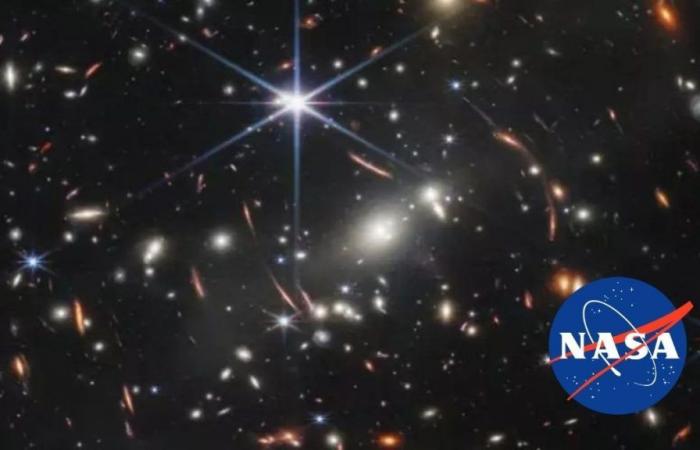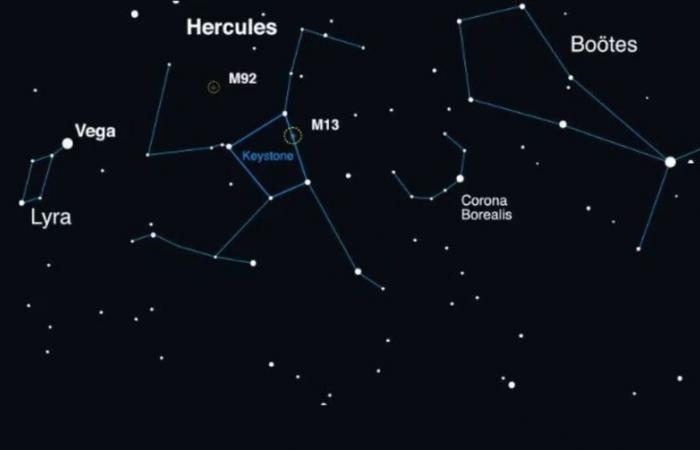From the Goddard Space Flight Center in Greenbelt, Maryland, NASA reported that This event will be visible for several days in the Northern Corona of the Milky Way, also known as the Northern Crown Constellation. Dr. Rebekah Hounsell, an assistant researcher specializing in nova events, highlighted that this phenomenon will not only offer a very particular visual experience, but can also involve people interested in these events, being able to collect data and ask their own questions.
supernova nasa
Social networks
What is the event that will generate a new star according to NASA
The event that will generate a new star in the sky is a nova, a short, sudden explosion which occurs in a collapsed star known as a “white dwarf.” Unlike a supernova, which is the explosive death of a star massive, a nova implies that the white dwarf star remains intact, releasing material in a repetitive cycle that can last thousands of years. This specific phenomenon will take place in the Corona Borealis of the Milky Way, located between the constellations Hercules and Boötes.
Hounsell explained that although there are some recurring novae with very short cycles, it is rare to observe a repeated outburst in a single human lifetime, and even rarer. unusual for it to occur so close to our solar system. This event is expected to be visible to the naked eye and with binoculars, which will extend the visibility of the phenomenon for more than a week. The new It will reach its maximum brightness similar to that of the North Star, making it appear that a new star appeared in the sky. However, after a few days, the nova will disappear from view for the next 80 years.
What are the stellar explosions analyzed by NASA and what relationship do they have with the Earth?
The stellar explosions that NASA analyzes, such as novae and supernovae, are cosmic events that can provide valuable information about the life and death of stars. A “red giant” is a star that exhausted its supply of hydrogen and began to die.
In about 5,000 to 6,000 million years, our Sun will become a red giant, swelling and releasing its outer layers. This process will likely evaporate the solar system’s inner planets, although Earth’s fate is still uncertain.
The Blaze Star, or T Coronae Borealis, It is a binary system within the Corona Borealis that includes a white dwarf and a red giant. Approximately every 80 years, this system experiences an explosive event due to the violent interaction between the two stars. The red giant sheds its outer layers, which are attracted to the white dwarf, causing a thermonuclear reaction that results in a nova. These types of events provide information about the exchange of matter between stars and the evolution of stellar systems.
nasa stars
social networks
The last time T Coronae Borealis experienced an explosion was in 1946. Astronomers are currently monitoring this system in anticipation of a new outburst, which could occur any time until September of this year. According to NASA Meteoroid Environment Office Director William J. Cooke, although it cannot be predicted with certainty when the next burst will occur, observed patterns suggest it could be imminent.







